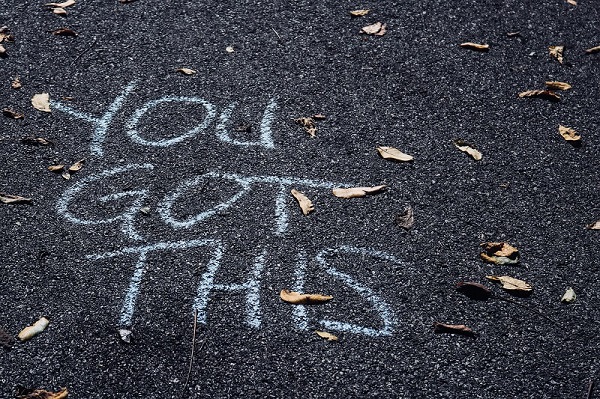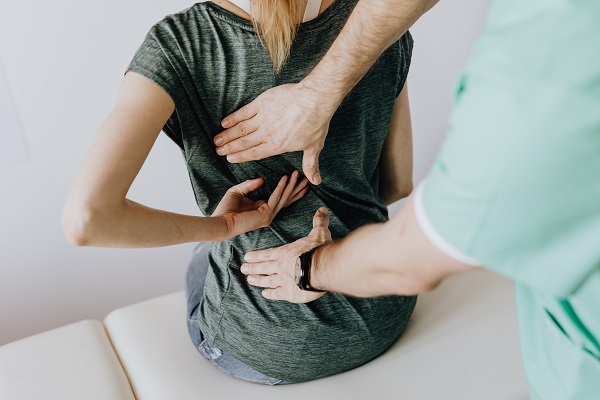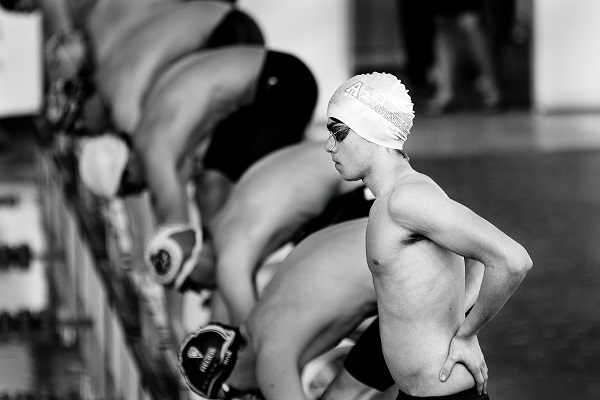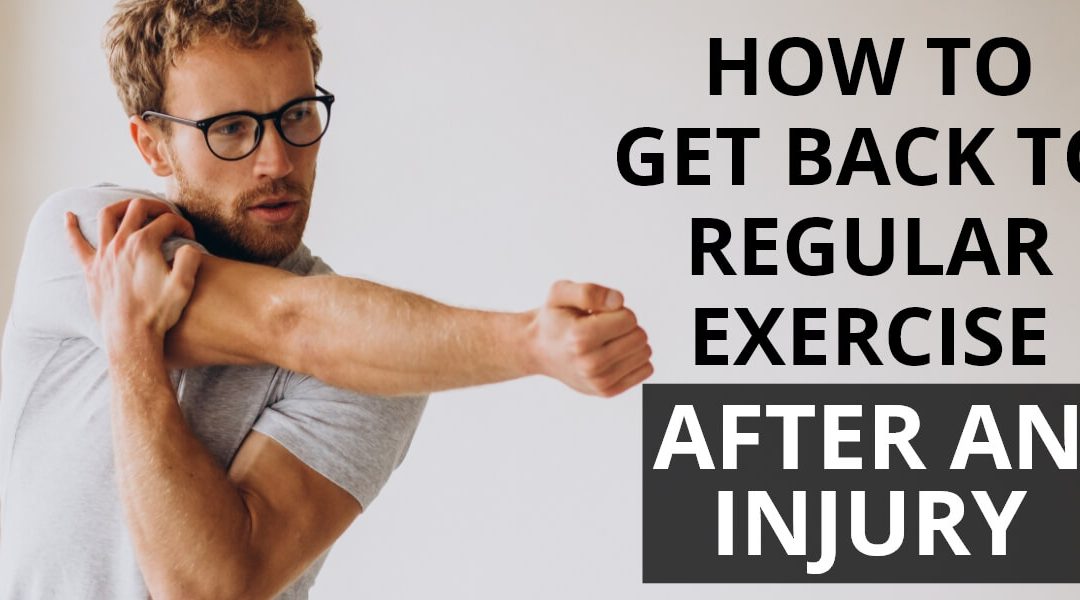Most people will tell you that regular exercise after an injury is important for rehabilitation. What we’re going to help you with today is how to get back to regular exercise after an injury.
There are a lot of emotions that come with an injury.
There’s the physical pain of what’s occurred, usually accompanied by daily reminders of your limitations when it comes to movement or just doing regular tasks you took for granted beforehand. Then there’s the emotional turmoil and frustration from being unable to physically achieve what you previously could, taking a toll on your mental health and overall fitness goals.
So, when the bandage comes off and you’re given the green light to dip your toes back into exercise, where do you start? How to you get motivated? How do you put preventions in place to avoid further injury?
4 Simple Steps To Get And Keep Yourself On Track
- Get in the right headspace
- Take the small wins
- Know your limits
- Don’t get caught up in competition
Get In The Right Headspace
It’s understandable to be nervous about getting back into exercise post-injury. But that nervousness shouldn’t get in the way of you mentally preparing to achieve your goals again. Remember what exercise does for you and that an active recovery could mean getting back on track quicker, and stronger. Believe that you’ve got this in the bag and don’t be put off by setbacks.

Take The Small Wins
A trap a lot of people make for themselves is setting their expectations too high when returning to exercise. You may have been able to run 5-10km at a certain pace or lift a certain weight, but a lot has happened with your body since then and you need to give yourself time. Set small goals and gradually step them up. The small wins are just as important as getting back to where you want to be.

Know Your Limits
You don’t win a medal for pushing past physical pain. You only prolong your recovery and potentially cause yourself further injury, which will likely send you backwards. If a particular exercise or movement causes pain or doesn’t feel right, it’s your body’s way of telling you that it’s not quite ready. If the pain is persistent and doesn’t resolve, it might be time to visit your doctor again and assess what level of activity is right for your stage of recovery.

Don’t Get Caught Up In Competition
If you attend group training or exercise in a competitive environment, it can be easy to lose sight of your smaller goals in favour of the internal competition you have running in your head against the people around you. If you’re naturally competitive, acknowledge and accept that your body isn’t in the same condition as your peers’ and that you have nothing to prove by pushing past your physical limits to win an imaginary competition. Focus on you, until you’ve recovered to a point of healthy competition.

That’s it! 4 simple steps that help you use your head to help your body.
Make a start as soon as you’ve got that green light and consider rewarding yourself with a massage for those small wins along the way.

